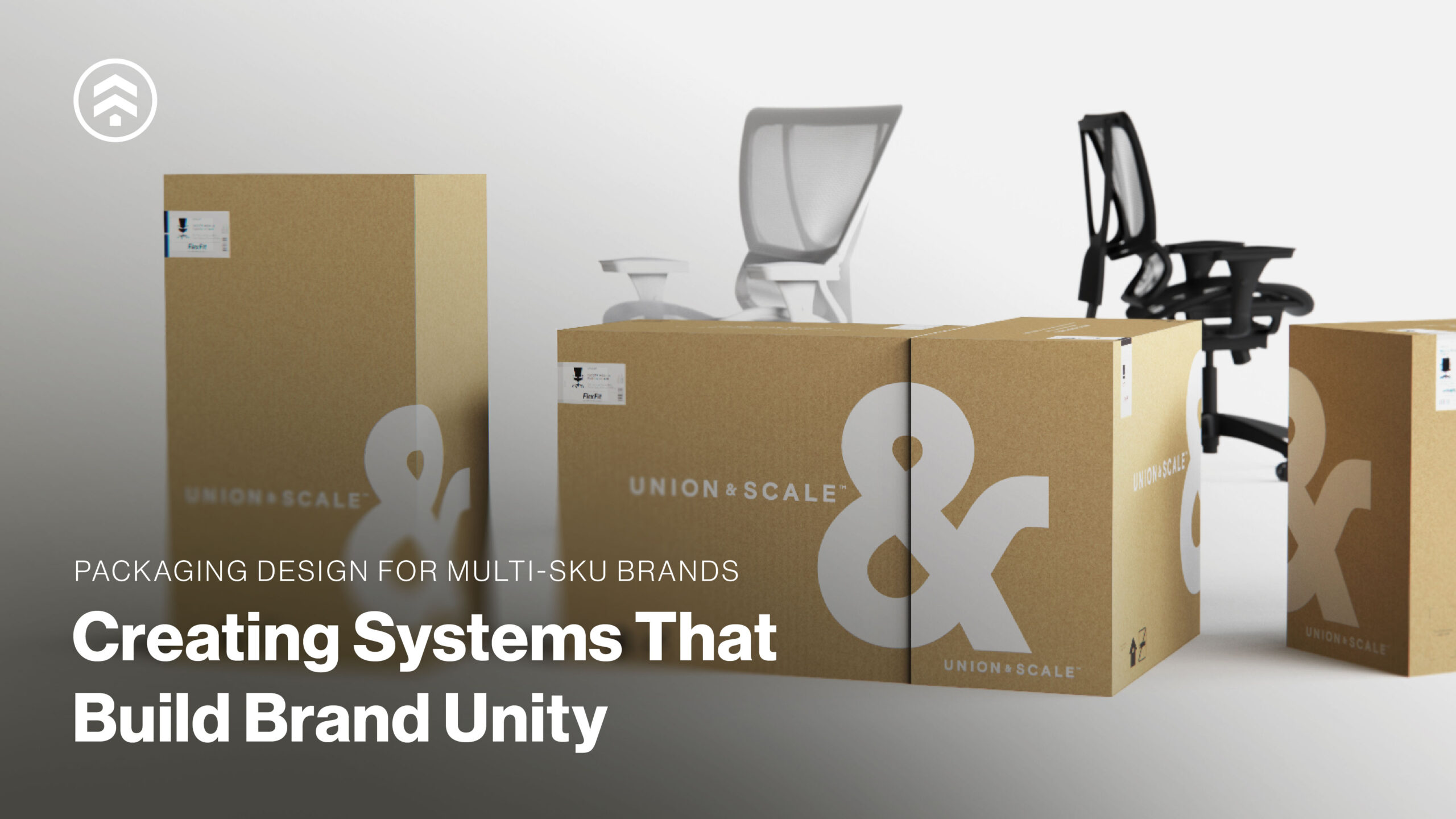Trend Report: Wellness Tech 2025

2025 ushers in a renewed focus on wellness, with technology playing a pivotal role in shaping the future of personal health, fitness, and mental well-being. The growing integration of tech in self-care routines is making wellness more intuitive, personalized, and accessible than ever before.
Our industrial design team has conducted a comprehensive exploration of the latest trends and breakthroughs in this space. From wearable health trackers to advanced recovery devices, we’re uncovering how these innovations are transforming everyday practices and empowering individuals to take a more proactive role in their well-being.

Red light therapy is poised to remain as a leading wellness trend in the coming year, offering non-invasive treatments that promote healing, recovery, and rejuvenation. Utilizing low-level wavelengths of light, this technology enhances cellular repair, reduces inflammation, and supports overall skin health.
One of the most popular ways to integrate red light therapy into a wellness routine is through the use of at-home red light therapy masks. Pioneering brands like Dr. Dennis Gross has led the way in introducing these devices while providing a quicker treatment solution. Meanwhile, Therabody is expanding the market with innovative full-body systems. As this technology matures, devices that incorporate red, infrared, and blue light are expected to become standard, offering multifunctional benefits for skin rejuvenation, pain relief, and even mood regulation. Compact, wearable designs like portable masks or body wraps further cater to users seeking on-the-go convenience, ensuring this transformative treatment integrates seamlessly into busy lifestyles.

Wearable technology is increasingly empowering individuals to monitor and manage their health in real time, offering more than just step counts. Devices now provide valuable insights into heart rate, sleep quality, stress levels, and even predictive analytics, enabling users to take a more proactive approach to wellness. These innovations allow consumers to integrate health tracking seamlessly into their daily lives, offering tailored recommendations based on their personal data and behaviors.
Devices like the Oura Ring and Whoop are leading the charge, empowering users to take control of their well-being by providing data that helps them understand their body’s needs and optimize their habits. The Oura Ring focuses on providing a holistic overview of sleep, activity, and recovery. It tracks heart rate, sleep stages, and readiness, offering insights on how lifestyle changes, like reducing alcohol consumption, can improve overall wellness. Whoop is performance-centric, emphasizing recovery and strain. It tracks heart rate variability, sleep, and daily exertion, helping users optimize physical performance and recovery. Both wearables help users monitor their health and gain valuable insights into how their lifestyle choices directly impact their overall well-being.
As health tracking devices continue to evolve, we expect them to integrate with other aspects of daily life, such as smart home devices and nutrition tracking, leading to a more personalized and predictive approach to wellness. AI-powered wearables may soon anticipate health issues before they arise, providing users with actionable insights to guide healthier lifestyle choices.

Recovery technology continues to gain traction in the wellness space, offering solutions designed to enhance muscle recovery, reduce pain, and improve overall performance. Compression therapy remains a standout innovation, with devices like the Normatec recovery systems setting the standard for targeted muscle relief and enhanced circulation. Utilizing dynamic air compression, Normatec’s technology applies precise pressure to specific areas, helping to reduce muscle soreness, flush out lactic acid, and accelerate recovery. Its intuitive design and customizable features make it a preferred choice for athletes and wellness enthusiasts alike.
Cold therapy is another transformative trend reshaping active recovery. Cold plunges, long valued for reducing inflammation and promoting muscle recovery, are becoming more accessible with home solutions. Kohler, in partnership with Remedy Place, recently introduced the Ice Bath, a sleek and innovative product designed for users to experience the restorative benefits of cold exposure in their homes. This collaboration merges high-end design with performance-focused wellness, making it easier than ever to integrate cold therapy into daily recovery routines.

The demand for smarter hydration solutions is growing as consumers become more health-conscious and environmentally aware. Innovations such as self-cleaning water bottles, hydration trackers, and reverse osmosis systems are gaining traction.
The LARQ Bottle PureVis™ 2, for example, uses UV-C light to sanitize both the bottle and its contents, ensuring clean, healthy hydration. The Bluevua ROPOT-Lite Countertop Reverse Osmosis Water System provides purified water through reverse osmosis technology, removing contaminants for optimal hydration. Local company Epicore Biosystems, based in Cambridge, MA, has taken hydration tracking to the next level by developing wearables that monitor hydration levels in real time, offering personalized recommendations based on sweat analysis. Looking forward, hydration systems are expected to feature AI-driven routines that adapt to changing physiological needs, while supplements infused into smart bottles will target specific health goals like improved energy, mental clarity, or skin health.

The sexual wellness space has seen significant innovation in recent years, driven by a cultural shift toward destigmatizing discussions around sexual health and a focus on holistic well-being. The industry is leveraging technology to create personalized, inclusive, and innovative solutions that empower individuals to improve their intimate health and experiences.
In the U.S., the FDA recently approved two at-home HPV tests, marking a significant leap in personal sexual health diagnostics. These tests, such as cobas® HPV Test by Roche and Onclarity™ HPV Assay by BD, allow individuals to self-collect vaginal samples for analysis, making it easier for users to take charge of their sexual health in the privacy of their own homes.
Smart sex toys are taking intimacy to new heights with features like app-controlled settings and AI-powered performance adjustments. Products like the We-Vibe Chorus and LELO F1s enable long-distance partners to connect and customize their experience in real time, making intimate moments more personal and engaging. Additionally, pelvic floor trainers like the Elvie Trainer and Perifit are using biofeedback technology to guide users through exercises that improve sexual health, address incontinence, and aid post-partum recovery. As inclusivity becomes a core value, brands are designing products that cater to diverse sexual identities and preferences, such as Wild Flower’s Enby and Tenga’s Spinner, ensuring that sexual wellness technology is accessible, affirming, and empowering for everyone.
The intersection of technology and wellness continues to reveal new ways to address human needs, offering smarter, more connected solutions that adapt to individual lifestyles. From health-tracking wearables to recovery devices, smart hydration systems, and forward-thinking sexual wellness solutions, these developments are not just reshaping wellness routines—they are redefining what it means to live well. As we look toward the future, the ongoing integration of technology will empower individuals to take control of their well-being, while offering brands the opportunity to create more personalized and impactful solutions for consumers.
To connect with our design team on the latest trends, technology, and innovations shaping the future of consumer products, reach out through our website.
About the Author
Natalia Baltazar has been an integral part of Sprout Studios since 2021, contributing her passion and expertise as an Industrial Designer. A 2021 graduate of San Jose State University, Natalia brings a thoughtful and exploratory approach to design, embracing the ideation phase as a time to challenge creativity and uncover new possibilities. Known affectionately as Smalltazar by her colleagues, Natalia is guided by the belief that the biggest ideas often start small. Her work at Sprout reflects a dedication to crafting thoughtful, user-centered designs that balance innovation with practicality, consistently pushing boundaries to deliver impactful results.

